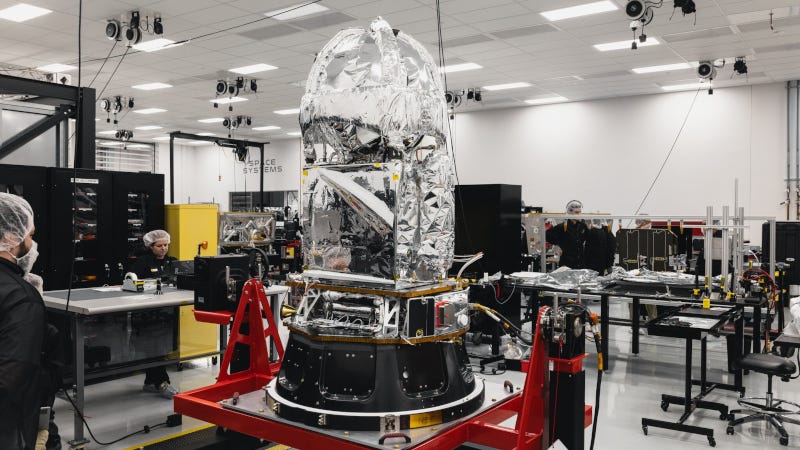Cryogenic Fueling Mission Spacecraft Completed
Rocket Lab Working in Conjunction with Eta Space and NASA
The Photon spacecraft for Eta Space and NASA’s LOXSAT mission has been completed by Rocket Lab. The final piece to be cleared was the Systems Integration Review (SIR) which allows the spacecraft to proceed with payload integration. Rocket Lab will now move the mission into environmental testing – the next phase before its launch on Electron in early 20…
Keep reading with a 7-day free trial
Subscribe to The Journal of Space Commerce to keep reading this post and get 7 days of free access to the full post archives.



